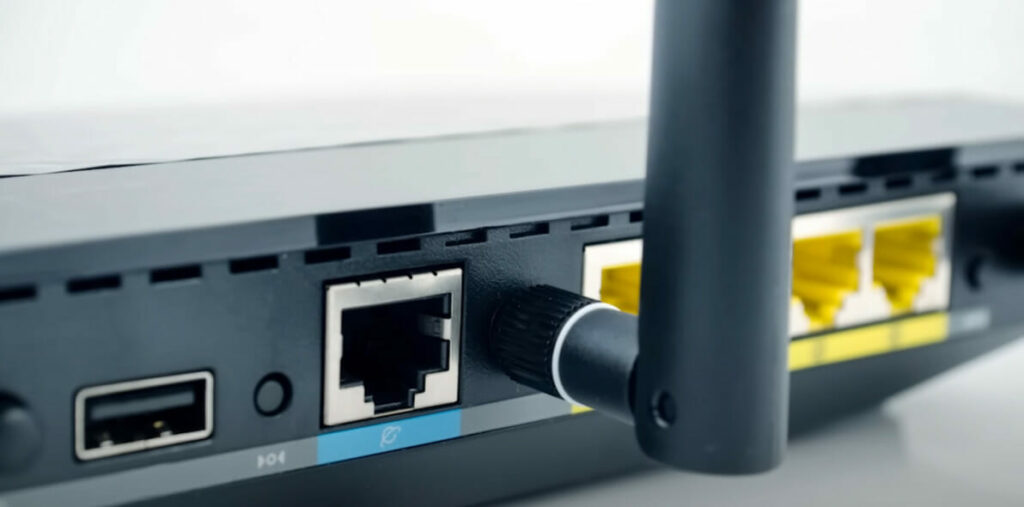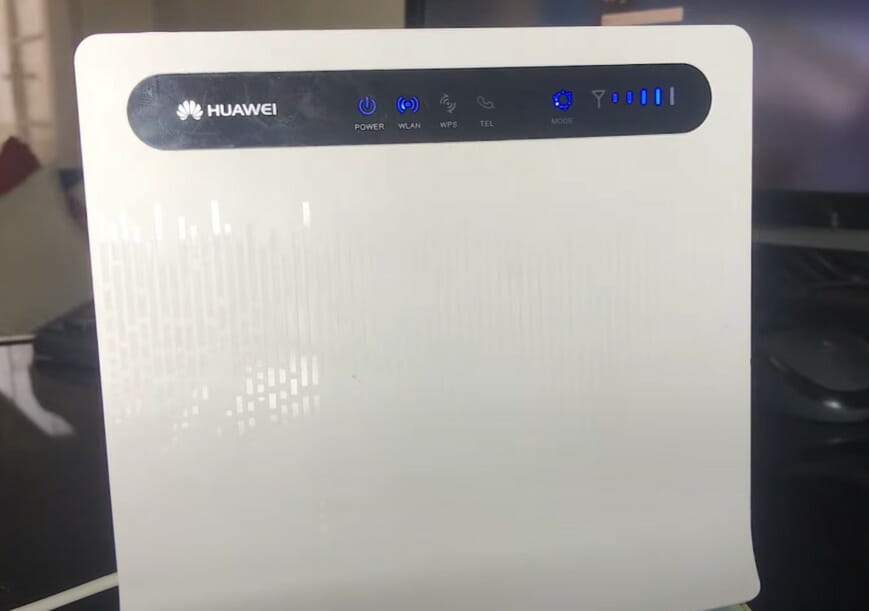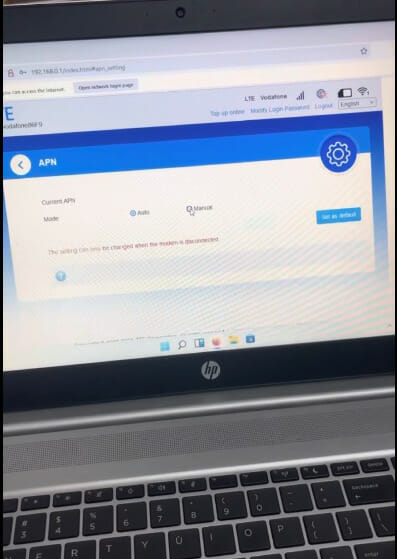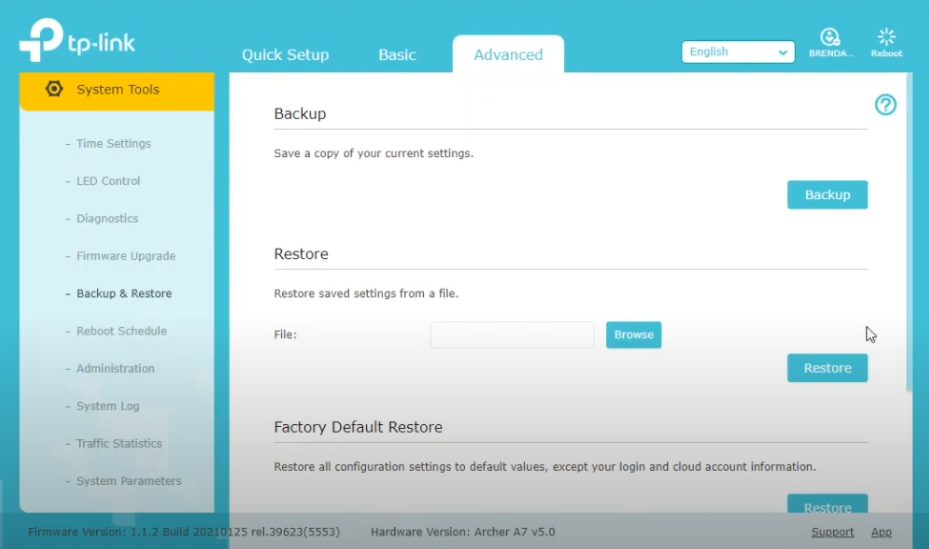Imagine being in the middle of a crucial video call or streaming your favorite movie, facing endless buffering. Frustrating, right? A significant reason behind such disruptions could be your Home APN settings.
Quick Summary: While commonly associated with mobile data, their significance extends to home networks. For home Wi-Fi, unique settings like SSID and password are integral. Adjusting your home router’s APN settings can enhance internet speed and connectivity.
To configure, access the router’s admin interface, navigate to network settings, and input the APN details provided by your ISP.
Let’s delve deeper into this topic.

Demystifying the World of APN Settings
Whether it’s for your mobile device on the go or the Wi-Fi network at home, understanding the basics can greatly enhance your online experience.
Understanding Internet Connections:
- Mobile Data with APN: Every time your smartphone connects to the internet using mobile data, it utilizes an APN, which directs the data connection.
- Home Wi-Fi Configurations: Connecting your smartphone to home Wi-Fi requires specific credentials like the SSID and password.
- How They Work Together: The APN serves as a bridge between your mobile network and the internet, while the home Wi-Fi, with its unique settings, connects devices within your home network.
Changing Carriers or Routers: What Does It Mean for Your APN?
- Might require adjustments in APN or Wi-Fi settings: If you change to a different mobile carrier, your APN settings might need an update. Likewise, a new home router could mean new Wi-Fi settings.
- Smartphones often auto-configure APNs based on inserted SIM cards: Modern smartphones can automatically detect and apply the correct APN settings for most carriers.
- Home Wi-Fi typically needs a one-time setup: Once you set up your device with your home Wi-Fi, it usually remembers and auto-connects in the future.

Maximizing Your Home’s Internet Potential
Tackling your home router’s APN settings can be intimidating, but it’s often essential for an optimal internet connection. Here’s when and why you might adjust them:
When Might You Need to Adjust APN?:
- After switching to a new internet service provider, they may provide a new router that benefits from APN tweaking.
- If your ISP updates its network and rolls out new APNs.
Why Adjusting APN is Beneficial:
- APN settings guide your devices to connect to the correct cellular network, serving as gatekeepers for data access.
- Proper APN adjustments can boost network speed, leading to quicker browsing and smoother streaming.

A Step-by-Step Guide to Configuring APN on a Home Router
Configuring your home router’s APN settings is key for optimal internet connectivity. Why? The APN ensures your device connects to the web using your data plan. Misconfigured settings? That could mean no internet.

Step 1: Access the Router Admin Interface
- What it is: This interface is the central hub from which you can change various settings of your router.
- How to do it: Open your preferred web browser. In the address bar, type in your router’s default IP address. Common ones include 192.168.0.1 or 192.168.1.1.
- Tip: If you’re unsure about your router’s IP address, it’s usually printed on the router’s label or can be found in its manual.

Step 2: Navigate to the Network Settings
- What it is: This is where you’ll find options related to your network’s connectivity and functionality.
- How to do it: Once in the router interface, look for tabs or sections named ‘Internet,’ Network,’ ‘Cellular Network,’ ‘Dial Up,’ or something similar.
- Tip: Interface layouts differ among router brands. If you’re lost, refer to your router’s user manual.

Step 3: Locate APN Settings
- What it is: This is where you input or adjust settings that determine how your device connects to the internet.
- Preparation: Contact your Internet Service Provider (ISP) before changing settings. They will provide the specific APN details required for their network.
Here are the common APN settings for Popular ISPs:
| ISP Name | APN Settings | Username | Password |
|---|---|---|---|
| AT&T | “phone” or “broadband” | [ISP-specific] | [ISP-specific] |
| Verizon | “vzwinternet” | [ISP-specific] | [ISP-specific] |
| Comcast Xfinity | “ccm” | [ISP-specific] | [ISP-specific] |
| Spectrum | “spectrum” | [ISP-specific] | [ISP-specific] |
| T-Mobile | “fast.t-mobile.com” | [ISP-specific] | [ISP-specific] |
- Tip: Always keep these details safe for future reference.

Step 4: Input Details Carefully
- Why it’s important: Any mistake in these settings can hinder your connection. Ensure all details match what your ISP provided.
- How to do it: Once you have the details, input them carefully. Cross-check each entry to avoid mistakes.
- Tip: Using a computer rather than a mobile device to input details can minimize errors.

Step 5: Save Changes
- Why it’s crucial: Not saving means your changes won’t be applied, rendering your efforts fruitless.
- How to do it: After inputting all details, look for a ‘Save’ or ‘Apply’ button, typically at the bottom of the page, and click it.
- Tip: Some routers might restart automatically after changes to APN settings. Don’t panic if yours does.

Ensuring Connection Quality: Testing and Verification
Here’s a little secret: Setting up your Home APN settings is insufficient. You’ve got to give them a good old test run! You want to ensure everything is running smoothly after adjusting those settings.
This table outlines different methods to verify your connection’s effectiveness, what to observe during each test, and how to interpret the results.
| Test Method | What to Look For | Interpretation/Outcome |
|---|---|---|
| Examine Signal Bars | Connection strength indication | Full bars might still indicate issues. This means the APN is incorrect. |
| Basic Web Activities | Efficient page loading | Full bars might still indicate issues. This means the APN is incorrect. |
| Use Data-Intensive Apps | Successful data transfer in apps | Data transfer issues might indicate APN problems. |
| Use Streaming Services | Smooth streaming without interruptions | Buffering might indicate APN or speed issues. |

Troubleshooting 101: Navigating Common APN-Related Issues
Navigating through APN-related problems can seem complex, but with a step-by-step approach, it becomes manageable. Let’s break it down:

Method 1: Verify APN Settings
- Revisit Your Settings: Begin by accessing your device’s network settings to review the current APN configurations.
- Compare with Carrier: Every carrier has specific APN settings. Ensure that the ones on your device align perfectly with the details provided by your carrier or ISP.

Method 2: Reset to Default
- Locate the Reset Option: Within the APN settings, there should be an option to reset them to their default. Use this feature to bring everything back to the original configurations.
- Reboot Your Device: After resetting, quickly reboot your device to ensure changes are applied correctly.

Method 3: Contact Service Provider
- Document Your Issues: Before calling, briefly note the problems you’re experiencing. This will help streamline the troubleshooting process.
- Reach Out: Explain your APN issues to the provider. There’s a chance they might be experiencing network outages or other widespread problems that you’re unaware of.
Below is the comprehensive breakdown of common APN-related issues users might face, along with a step-by-step approach to diagnose and resolve them.
| Issue | Possible Solution(s) |
|---|---|
| No Internet Access | Check APN settings, reboot router |
| Slow Internet Connection | Optimize APN settings, check for interference |
| Can’t Save New APN Settings | Verify device compatibility, resolve conflicts |
| Internet Works, Apps Don’t | Review APN configurations, check app settings |
| APN Settings Not Available | Update device software, contact ISP for instructions |
FAQs: Quick Answers to Common Queries
- Why are APN settings important for my home router?
- APN settings for your home router help determine how your device should connect to the internet and other services provided by your ISP (Internet Service Provider). Incorrect APN settings can disrupt your internet connectivity.
- Do I need to change my APN settings when I switch internet providers?
- Yes, when you switch to a different ISP, it’s advisable to update your APN settings to match the configurations provided by your new provider to ensure optimal connectivity.
- How can I access my home router’s APN settings?
- Typically, you can access your router’s APN settings through its admin interface by entering its IP address (192.168.0.1 or 192.168.1.1) in a web browser.
- Can incorrect APN settings harm my devices or network?
- Incorrect APN settings won’t “harm” your devices, but they can prevent them from connecting to the internet or reduce the speed and reliability of your connection.
- What should I do if I can’t save changes to my APN settings?
- If you cannot save changes, ensure your device supports your carrier’s frequency bands. Also, check for other profiles that might conflict with your new APN settings.
- My internet works, but some apps don’t connect. Is this an APN issue?
- It could be. Incorrect APN settings might allow basic browsing but interfere with specific services or apps. Review and, if necessary, adjust your APN configurations.
- How often should I check or update my APN settings?
- Regularly checking isn’t necessary unless you’re experiencing connectivity issues or have changed ISPs. However, reviewing settings if your provider notifies you about network updates is a good idea.
- Is it risky to manually adjust my home router’s APN settings?
- As long as you follow the guidelines and input the correct details from your ISP, adjusting APN settings is straightforward. Always note down the original settings so you can revert if necessary.
- What should I do if my connection worsens after adjusting APN settings?
- If you experience a drop in connectivity quality after adjusting APN settings, revert to the original configurations and contact your ISP for further guidance.
References
Websites:
- GSMA. https://www.gsma.com/
- How To Geek. https://www.howtogeek.com/
- DSLReports. https://www.dslreports.com/
Video References:
Martin Langmaid
Techquickie
Vezio
Tech Fix & Tutorials
CBT Nuggets
Swift Communications Gh 4k
Network From Home
MeishMoe

